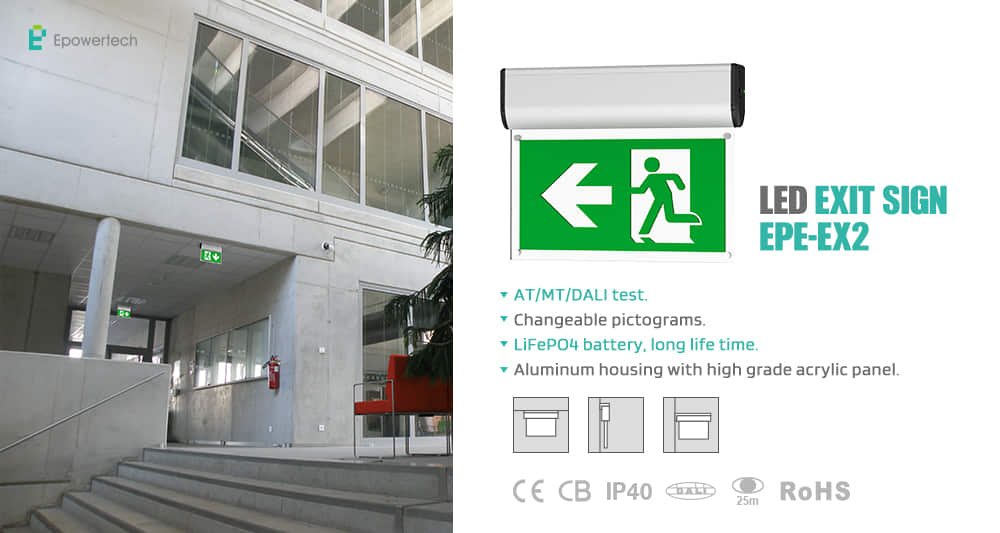Where to Install Emergency Lighting?
Emergency Lighting: A Crucial Safety Measure for Public Places
Emergency lighting plays a vital role in ensuring safety during power outages in public spaces. These areas, which can accommodate large numbers of people, require illumination to facilitate safe evacuation and reduce panic in emergency situations.
Regulations and Standards
Several regulations and standards govern emergency lighting in public places. These include:
Low Voltage Regulations (e.g., RBT-2002, ITC-BT-28)
Building Regulations – Fire Protection (e.g., CTE-2006)
Illumination Standards for Emergency Lighting (e.g., UNE EN-1838:2016)
Applicable Public Places
Public places with an occupancy exceeding 100 people must comply with these regulations. This includes:
- Restaurants
- Shopping malls
- Supermarkets
- Recreational facilities
- Sports clubs
- Gyms
- Educational centers
Emergency Lighting Requirements
Emergency lighting systems in these locations should provide:
- Illuminated evacuation routes: This ensures clear paths for safe and orderly evacuation during emergencies.
- Adequate lighting in designated safety areas: This allows people to safely find refuge or exit the building during a power outage.
Benefits of Emergency Lighting
Effective emergency lighting offers several benefits:
- Facilitates safe evacuation: Clear illumination guides occupants towards safe exits in case of a power cut.
- Reduces panic: Proper lighting helps maintain calmness and prevents confusion during emergencies.
- Supports emergency response: Adequate lighting assists first responders in navigating the building and locating occupants.
By adhering to regulations and implementing proper emergency lighting systems, public spaces can significantly enhance safety and ensure a well-coordinated response during power outages.

Emergency Lighting: Keeping You Safe in Your Home and Beyond
Building regulations mandate emergency lighting in residential buildings. This ensures proper illumination in essential areas like landings, stairs, communal areas, and access doors during a power outage.
Guiding the Way to Safety
Emergency lighting systems are crucial for maintaining clear evacuation routes. They help prevent crowding and accidents in high-traffic areas like corridors and walkways. These lights should be installed at least two meters above the floor, positioned strategically near exits and potential hazards to ensure safe passage.
Underground Parking: Avoiding Darkness in Unexpected Places
Underground parking lots exceeding 100 square meters also require emergency lighting. Often lacking natural light, these areas can become completely dark during a power cut. Emergency lights installed on stairs, corridors, and exits provide crucial guidance for safe evacuation.
Beyond Homes: Safety in Factories and Warehouses
Emergency lighting extends to industrial settings. Factories and warehouses, especially those with potential risks, require minimum emergency illumination of 15 lux (or 10% of normal light levels). This ensures a minimum level of visibility while minimizing the difference between normal and emergency lighting levels to prevent disorientation. In these environments, prioritizing health and safety necessitates emergency lighting systems activated during power outages.
